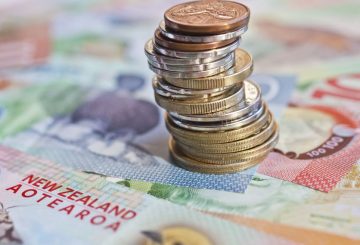政府は、口蹄疫(こうていえき。家畜伝染病のひとつ)がニュージーランドに到達するリスクが高まっていると警告し、その到達を「破滅」のシナリオである表現しました。
ジャシンダ・アーダーン首相とダミエン・オコーナー農業相は、インドネシアでこの家畜の病気が発見されたことを受け、警告を発しました。
「口蹄疫は国の家畜に壊滅的な打撃を与えるでしょう。口蹄疫がニュージーランドに上陸した場合、畜産物の貿易はすべて停止され、動物は殺処分され、第一次産業における10万人以上の雇用が危険にさらされるでしょう」とアーダーン首相は述べています。
「可能であれば、できるだけ早く対応し、根絶するためには、この病気の早期発見が不可欠です。」
また、飼料として使用されるパーム核エキスのインドネシアのサプライチェーンを検査し、ニュージーランドの基準に満たしていることを確認したと述べました。また、オーストラリアに持ち込まれた食肉からこの病気が検出されたため、当局はオーストラリアの生物安全保障当局と緊密に連携しています。
政府は、この病気がニュージーランドに到達するのを防ぐため、バイオセキュリティーの管理を強化しています。インドネシアとニュージーランドの間に直行便はありませんが、インドネシアから旅行を開始する乗客は、手荷物検査、質問、消毒のために別のエリアに案内されます。
「万が一、口蹄疫がニュージーランドに上陸した場合、英国にあるワクチンバンクを利用することができ、数日以内に連絡を取ることができます」とオコーナー氏は述べています。
しかし、多くの動物が淘汰されることになるだろうとのことでした。
ニュージーランドでは、蹄鉄を持つ動物に病変や跛行を引き起こす口蹄疫は発生したことがありません。2001年に英国で発生した口蹄疫では、1000万頭の動物が殺処分され、推定100億ポンド(約190億ニュージーランドドル)の費用がかかりました。





























































